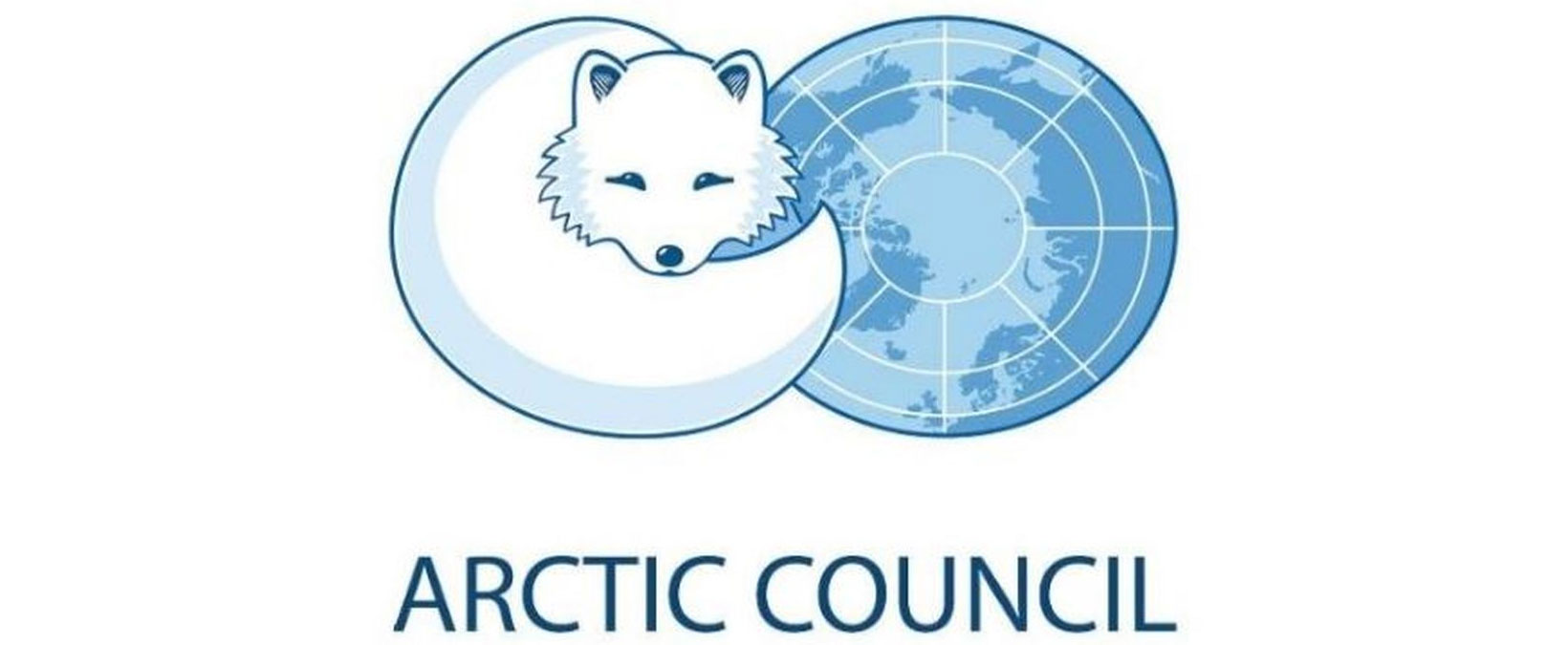The council was formed in 1991 when the eight Arctic countries signed the Arctic Environmental Protection Strategy.

The Ottawa Declaration of 1996 formally established the Arctic Council as a high level intergovernmental forum for promoting cooperation, coordination and interaction between the Arctic States.
The eight countries involved are Canada, Denmark/Greenland, Norway, Russia and the United States as the five coastal states plus Iceland, Finland and Sweden. In addition to the member states there is a category of Permanent Participants to provide for active participation of and full consultation with the Arctic Indigenous people.
Observer status is open to:
- Non Arctic states
- Intergovernmental and inter-parliamentary organisations, global and regional
- Non- governmental organisations
There is an Observer Manual which outlines the conditions observers have to meet in order to watch the proceedings of the Council.
Observer status
- Why do you think that countries which do not have land in the Arctic should want to be a part of the Arctic Council?
The council has six working groups which hold regular meetings, they are:
- Arctic Contaminants Action Programme (ACAP)
- Arctic Monitoring and Assessment Programme (AMAP)
- Conservation of Arctic Flora and Fauna (CAFF)
- Emergency Prevention, Preparedness and Response (EPPR)
- Protection of the Arctic Marine Environment (PAME)
- Sustainable Development Working Group (SDWG)
The United Kingdom has a Permanent Observer Status on the Arctic Council.
Find out about the UK’s engagement in the Arctic
- Download UK engagement in the Arctic
Observer status in the Arctic Council is open to:
- Non-arctic states – Permanent Status
- Non-Arctic states – Ad-hoc Status
- Inter-governmental and inter-parliamentary organisations, global and regional
- Non-governmental organisations
The Chairmanship of the Arctic Council rotates around the member countries every two years. The Arctic Council Ministerial Meetings are held biannually in the country holding the chairmanship. The working groups meet between Ministerial Meetings and produce their reports of their research assessments. The Arctic Governance Project takes into consideration the assessment reports to address issues of governance in an Arctic that is experiencing rapid and dramatic changes.
Arctic changes
- Make a list of the changes that are happening in the Arctic: what issues for governance do you think these will raise?